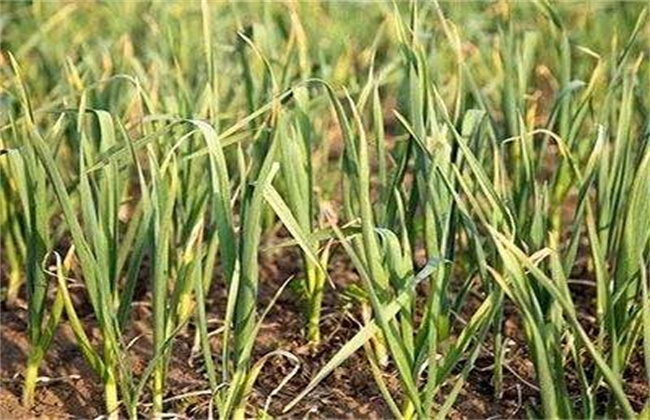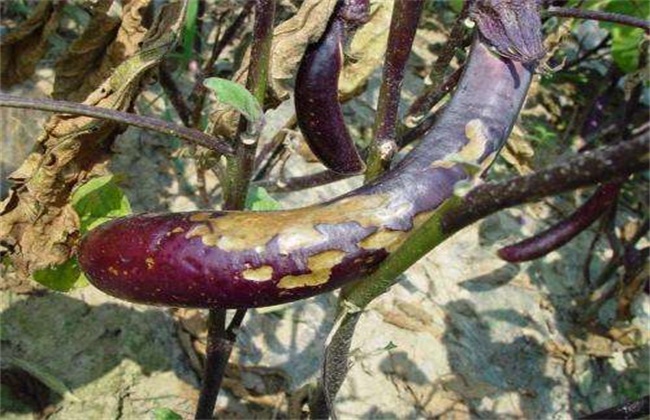Causes and solutions of slow seedling growth after vegetable planting
At present, most of the autumn vegetables have been planted. In the process of planting, we often find that the seedlings of vegetables in the greenhouse slow down very quickly, and even some seedlings do not grow up for a long time, which not only affects the time to market of vegetables, but also affects the yield in the future. So what is the cause? Let's get to know it.

1. Undercooked fertilizer causes burning of seedlings.
The application of undermature manure before planting will cause the phenomenon of seedling burning. Some farmers think that seedling burning is caused by fresh chicken manure, while dried chicken manure is mature and root burning will not occur. As a matter of fact, dried chicken manure is only chicken manure dried at high temperature, and it will still burn seedlings without any ripening measures. Therefore, fertilization must be fully mature before or after planting. If the phenomenon of burning seedlings has occurred, it should be watered frequently to dilute the harmful substances released by fertilizer fermentation, and pay attention to ventilation to avoid air damage, and at the same time collect foliar spraying fertilizer to replenish the nutrients needed by the plant.
2. Root retting caused by improper watering
Many farmers think that as long as vegetables are not in the deep winter season, it doesn't matter if they are watered more or less. In fact, too much watering at any time in the market will lead to insufficient oxygen supply in the rhizosphere of vegetables, and will rett their roots in serious cases. Once the retting root phenomenon occurs in vegetables, its growth will be weak, do not grow for a long time, and when it is serious, it will cause dead trees, so we must pay attention to watering after vegetable planting, and avoid watering too much at one time, so as not to cause root damage. For the vegetables with retting root phenomenon, we should hoe shallow in time to increase the air permeability of the soil, and then irrigate the roots with chitin to promote the regeneration of new roots.
3. Root knot nematode infection
Root nematode is the most common disease of vegetables at seedling stage. Many farmers found that vegetables grew slowly and almost did not grow recently, which was originally thought to be caused by manure burning seedlings, but after pulling out the plant, it was found that the root-knot nematode on the root system was already very serious. The prevention and control of root nematodes should be given priority to, high temperature greenhouse should be adopted during the summer fallow period, root-knot nematode control agents should be applied in holes before planting, avermectin should be applied with water after slow seedlings of vegetables, and sufficient measures should be taken to prevent root-knot nematodes in advance.
The above is the introduction of the reasons and solutions for slow growth after vegetable planting. I hope it can help you. If you want to know more about it, please follow us.
Related
- Where is it suitable to grow horseradish in China? it is expected to see the middle altitude horseradish in Alishan.
- How to prevent tomato virus disease reasonably? (Control methods included)
- Many people like to plant towel gourd on the balcony. What are the main points of this method and management?
- What crops can chili peppers be mixed with?
- Fertilization techniques and matters needing attention in Tomato
- What are the grafting techniques for peach seedlings in spring?
- Harm and control methods of root swelling disease of Chinese cabbage
- What are the pests of sweet potatoes? How to prevent and cure it?
- Symptoms, causes and Control methods of navel Rot in Tomato
- The cause of "Cucumber rotten bibcock" in Farmers' planting Cucumber and its Control Plan



